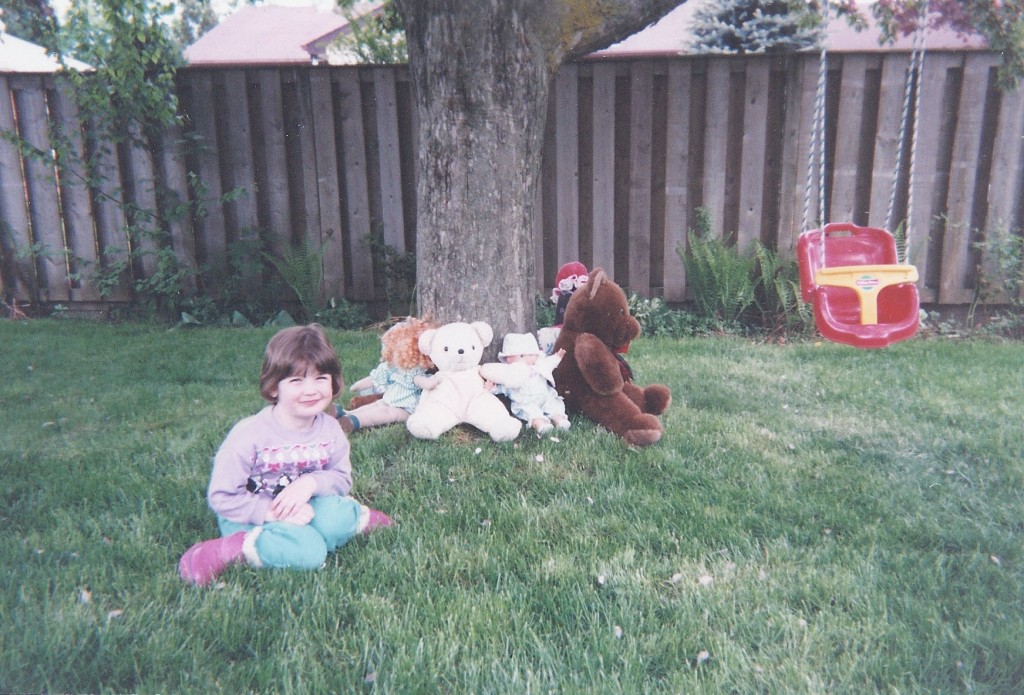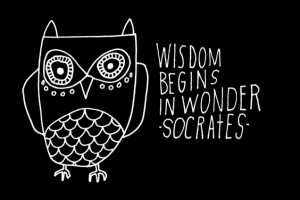When thinking of drama as a subject in our curriculum, it is easy to think of it only as a skill that can be learned and mastered. There are a lot of fundamental concepts that we teach – role play, character, relationship, time and place, tension, focus and emphasis. Our students love creating scripts, making tableaus, improvising, performing and playing all of those fun drama games. Not to mention the social and personal skills that children learn when engaging in the creative process! Some students excel in dramatic arts and love to perform, but that isn’t what its all about.
Aside from being its own subject, I (mostly) see drama as a meaningful instructional technique. When we no longer think of drama as a stand-alone subject and consider it a teaching tool, we open our programs up to wonderful things. By incorporating dramatic arts into all subject areas, we are handing students a powerful processing and communication tool. We are also increasing their engagement, motivation and adding physical activity to our teaching. Dramatic role play combines so many important functions at once – physical movement, facial expression, verbal and nonverbal communication and self awareness. The best part about using drama as an instructional technique is that it is dynamic – it can be applied to nearly any concept. The most natural fit for drama tends to be in language arts, as it so closely relates to storytelling. I’ve found, though, that some of the best drama experiences come when I incorporate it into my mathematics, science or social studies instruction.
Last week, my grade twos transformed themselves into atoms and moved themselves around the classroom, filling the space as a liquid, a gas and then a solid. I could see, right in front of me, their understanding of the concept when they changed their body movements and direction of movement to reflect the different properties of the states of matter. In math, we used drama to process concepts in our money unit. My students created a store, took turns being cashiers and customers, and used money manipulatives to make transactions. The process was entirely student directed, and allowed me to both observe and engage in their role play. By role playing and taking on the characters of customers and cashiers, they were applying their math learning to simulated real world situations. The opportunities and ideas are endless.
Every child can engage in drama. Dramatic play is a natural part of childhood and there is little difference between children playing superheroes on the playground and children engaged in drama activities in the classroom. Any Kindergarten teacher or Early Childhood Educator could list dozens of skills and schemas being process by a child engaged in dramatic play. Dramatic play is how children process the world around them. It’s also easy to think that dramatic play is something only early primary students engage in – but if you listen closely on the playground, you’re likely to find that even our older students are creating and leading their own dramatic play. Last month, during some free time outside, I was delighted to observe my grade three students pretending to be Early Settlers in Upper Canada. Our play structure suddenly became a log cabin and students took different roles as blacksmiths, carpenters, fishermen, hunters, farmers and school teachers. This was their natural way of internalizing and processing the concepts they were exploring in social studies. As teachers, we need to remind ourselves that drama is not only a skill to be mastered, but a natural method of communicating, processing and relating.
Unfortunately, drama is often a rotary subject and is not taught by homeroom teachers. I challenge you not to let that stop you from using drama as an instructional tool in your teaching! You’ll be amazed at what your kids will do.


